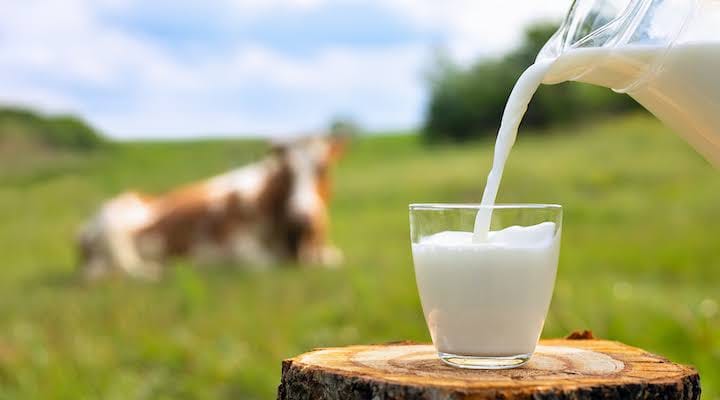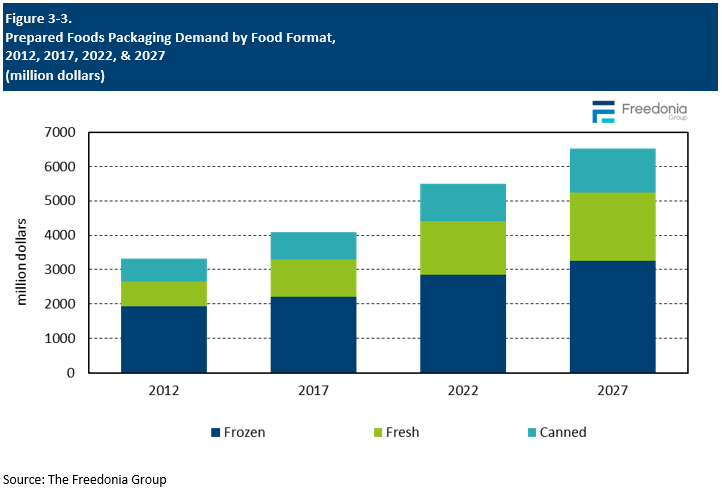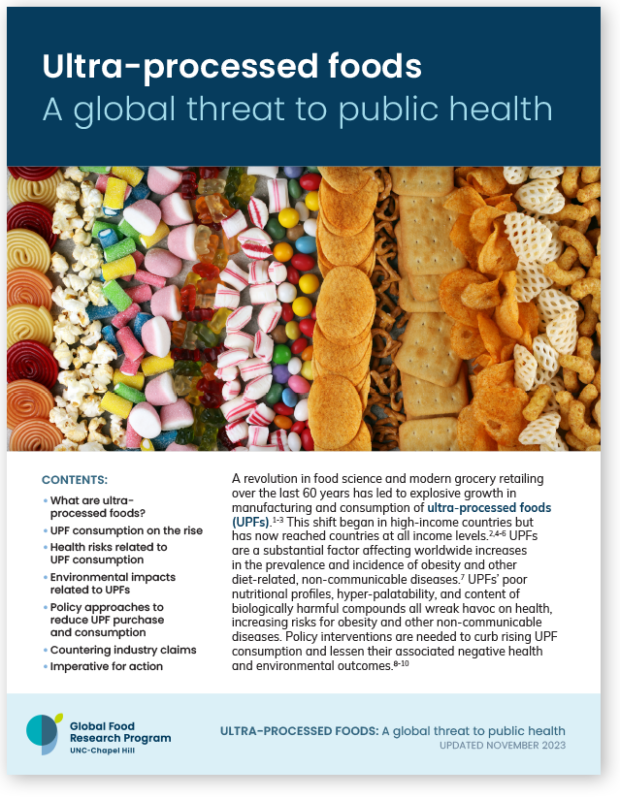Mastering Milk Production - Top Breeds of Cows and Buffaloes

Introduction to High-Yielding Dairy Breeds
The demand for high-quality milk is increasing globally, driving the need for efficient dairy breeds. To meet this demand, dairy farmers are focusing on high-yielding breeds that can produce large quantities of milk while maintaining quality.
The Importance of Dairy Breeds
Both cows and buffaloes play a crucial role in meeting this demand, with various breeds excelling in milk production. Selecting the right breed is essential for dairy farmers to optimize milk production, profitability, and sustainability.
Key Characteristics of High-Yielding Dairy Breeds
High-yielding dairy breeds typically possess specific characteristics, including:
- High milk production capacity
- Good udder conformation and milk letdown ability
- Strong immune system and disease resistance
- Ability to thrive in diverse environmental conditions
- Good reproductive performance and fertility
Top Milk-Producing Cow Breeds
Mastering Milk Production: Top Breeds of Cows and Buffaloes
When it comes to milk production, certain breeds of cows and buffaloes stand out for their exceptional yield and quality. In this section, we will delve into the top milk-producing cow breeds that are widely sought after by dairy farmers.
Holstein: The Cream of the Crop
Originating from the Netherlands, Holstein cows are the world's highest-production dairy cattle breed. Known for their distinctive black and white markings, Holstein cows produce an average of 22,000-24,000 pounds of milk per year. Their milk is rich in quality and quantity, making them a popular choice among dairy farmers.
Jersey: Rich in Butterfat and Protein
Jersey cows are a popular choice for their high butterfat and protein content, making their milk ideal for producing cheese, butter, and other dairy products. Hailing from the Channel Island of Jersey, these cows produce an average of 18,000-20,000 pounds of milk per year. Their rich and creamy milk has made them a favorite among dairy enthusiasts.
Brown Swiss: Cold Tolerance and Longevity
Hailing from the Swiss Alps, Brown Swiss cattle are renowned for their cold tolerance and longevity. These sturdy cows produce an average of 15,000-18,000 pounds of milk per year, with a high fat content that makes it perfect for cheese production. Their robust nature and high milk yield have made them a popular choice for dairy farmers worldwide.
Top Milk-Producing Buffalo Breeds in India
India is renowned for its rich biodiversity in buffalo breeds, with several species excelling in milk production. Among these, three prominent breeds stand out for their exceptional milk yield and unique characteristics.
Murrah: The Pride of Indian Dairy
The Murrah buffalo is the most celebrated breed in India, revered for its remarkable milk production capacity and high butterfat content. Originating from the Punjab and Haryana regions, this breed has been refined over centuries to become the epitome of dairy excellence. Murrah buffaloes are known for their distinctive black coats, curved horns, and impressive milk yield, making them a prized possession for dairy farmers across the country.
Nili-Ravi: Adaptability and High Milk Yield
The Nili-Ravi breed, hailing from the Punjab region, has garnered recognition for its exceptional milk production and adaptability. This breed is renowned for its heat tolerance, making it an ideal choice for dairy farming in diverse climatic conditions. Nili-Ravi buffaloes boast a greyish-black coat, swept-back horns, and an impressive milk yield, solidifying their position as a popular choice among Indian dairy farmers.
Bhadawari: The Uttar Pradesh Marvel
Originating from the heart of Uttar Pradesh, the Bhadawari breed has emerged as a remarkable example of selective breeding. This improved water buffalo breed is prized for its exceptional milk production, distinctive characteristics, and robust build. Bhadawari buffaloes are characterized by their black coats, prominent humps, and impressive milk yield, making them a valuable asset for dairy farmers in the region.
Key Factors to Consider for Milk Production
When it comes to milk production, several factors come into play to ensure optimal yields and quality. Here are some key considerations to keep in mind:
Climate and Region-Specific Breeds
Selecting breeds that are well-suited to your region's climate is crucial for optimal milk production. Different breeds thrive in different environments, so it's essential to choose breeds that are tolerant of your local temperature, humidity, and other environmental factors. For example, some breeds are better suited to hot and humid climates, while others thrive in cooler temperatures.
Feed and Nutrition
Proper nutrition is vital for milk production, and the quality of feed has a direct impact on milk yield and quality. A balanced diet that includes high-quality hay, grains, and minerals is essential for maintaining healthy cows and buffaloes. Additionally, access to clean water and adequate hydration is critical for milk production.
Regular Health Check-Ups and Breeding Practices
Regular health check-ups and breeding practices are crucial for maintaining a healthy and productive dairy herd. This includes monitoring for diseases, providing timely vaccinations, and implementing breeding programs that prioritize genetic diversity and selection for desirable traits. By prioritizing animal health and well-being, you can ensure optimal milk production and quality.
Conclusion
Selecting the right dairy breed is crucial for maximizing milk production and meeting the growing demand. With the diverse range of cow and buffalo breeds available, dairy farmers can choose the most suitable breed for their specific needs and resources.
Key Takeaways
Understanding the unique characteristics and needs of each breed ensures a thriving dairy operation. By considering factors such as climate adaptability, feed requirements, and milk production capacity, dairy farmers can make informed decisions to optimize their milk production.
In this article, we have explored the top breeds of cows and buffaloes for milk production, highlighting their strengths and weaknesses. By applying this knowledge, dairy farmers can:
- Improve milk yields and quality
- Enhance the overall efficiency of their dairy operation
- Meet the increasing demand for milk and dairy products
- Contribute to the growth and sustainability of the dairy industry
Future Prospects
As the dairy industry continues to evolve, it is essential to stay updated on the latest developments and advancements in dairy farming. By embracing innovative technologies, best practices, and sustainable methods, dairy farmers can further enhance milk production, reduce environmental impact, and ensure a prosperous future for their dairy operations.



:max_bytes(150000):strip_icc()/dog-treats-glass-storage-container-3f5d7e36-81df4011d844459c9272c9c8404bc38d.jpg)










Comments ()